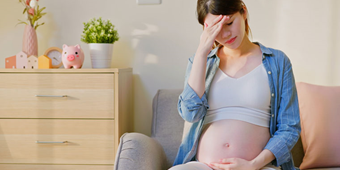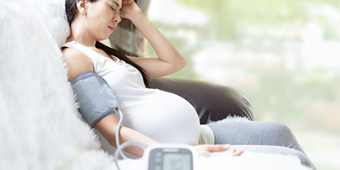InterStim Reduces Incontinence, Regains Quality Of Life

If you have urinary incontinence, an implantable device called InterStim may help you reclaim your quality of life. By targeting the nerves that stimulate the urge to go to the bathroom, the device is considered ideal for patients who:
- Have a sudden urge to urinate but often leak before they can make it to the restroom
- Have been diagnosed with urinary frequency, which means they don’t leak but constantly deal with the feeling of having to urinate
Gynecologist L. William Rettig III, MD, helps you determine if you are a candidate:
Click play to watch the video or read video transcript.
Weighing less than one ounce, InterStim isn’t a cure, but it reduces symptoms dramatically. Dr. Rettig explains how the device can improve your quality of life:
Click play to watch the video or read video transcript.
Here’s how it works:
Unlike medications and physical therapy, which focus on the muscles that control urination, InterStim targets the sacral nerve that stimulates your urge to urinate. The sacral nerve helps the brain to accurately communicate with the bladder.
“Most people don’t urinate unless their brain says, ‘I want to urinate,’” says Dr. Rettig. Once implanted, InterStim sends small electrical impulses to the sacral nerve to increase that communication.
One major benefit of InterStim is that you can try it for a week before deciding if it is right for you. During this trial period your doctor will temporarily attach the device near your tailbone.
InterStim is considered a success if it offers a 50 percent reduction in symptoms, although Dr. Rettig has seen an average of 80 percent reduction in symptoms.
“We’ve seen women go from four incontinent episodes a day to maybe three a week, which is a huge change,” he says.
Before implantation, your doctor will evaluate your situation, and try conservative measures like medication and physical therapy. If these measures aren’t successful, InterStim is then considered an option.
InterStim has also shown to improve fecal incontinence.
Source: National Association for Continence; L. William Rettig MD, Lifestages Centers for Women







